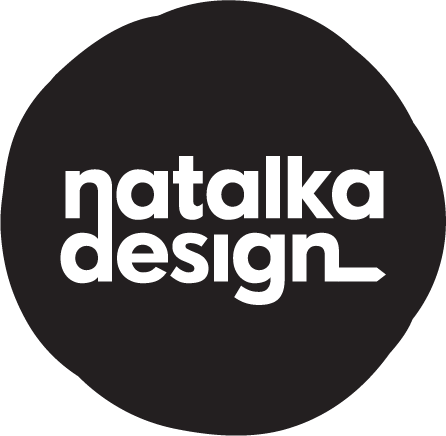NFT | WHAT IS IT?
NFT has recently exploded onto the internet in a confusing storm that has left everyone confused. The big focus for everyone is that a lot of money seems to be changing, with Jack Dorsey selling one of his tweets as an NFT.So with all this surrounding it, what is NFT?What is NFT?
The long form name of NFT is Non-Fungible Token. This may make no sense, but imagine you have a chicken and your friend also has a chicken. If you traded each other's chickens you would still have a chicken. In this scenario, chickens are a fungible resource because it can be replaced with another chicken.
Yet if you had a prize chicken. The largest you had ever seen and you traded it for a duck, the chicken suddenly becomes Non-Fungible. At its core an NFT is a digital item that is completely unique and if traded you will lose ownership of such an item. This essentially means you could sell that drawing you made in Microsoft paint when you were bored one evening as an NFT if you wanted.
But how do you sell such an item, why is it worth anything?How do they work?
Traditionally artwork would be sold in galleries. Their price being raised by the fact that they are one of a kind. This is how artwork has worked for centuries. A physical and unique copy being passed from owner to owner for a varying price. However, NFT’s are mainly digital, this raises a big issue.
Digital files and be easily and endlessly reproduced. You can go online now and save a picture of a cute kitten from google images. This process will take you only a few moments. But you don’t own the image. You own a copy, downloaded from google images. NFT art work gets its value via a digital certificate of ownership, it’s that simple. It’s this certificate that raises the cost of digital pieces to such high value. If you went online and bought that picture of the cute kitten and obtained a certificate, the certificate of ownership gives the picture of the cute kitten worth.
Like crypto-currencies the proof of ownership is stored in a shared ledger which is known as a blockchain. These cannot be forged as thousands of computers worldwide work in conjunction to maintain the ledger.
But this doesn’t have to be art, as long as it is from a digital source, anything can function as an NFT, even, as mentioned above a tweet from the founder of twitter.What’s the point?
In action movies, there is always a moment when the hero walks into the mansion owned by the villain. Adorning the walls of this extravagant house you can often see beautiful paintings from famous artists. Put simply, these paintings are a status symbol. You know the villain is powerful because they have the money to have these paintings adorn an already exquisite house.
NFT’s work in a similar way. You can copy the work and share it over the internet countless times. You could print off a screen shot from a 50 second video by Grimes (which sold for $390,000) and hang it on your wall tomorrow. You could have the video as your screensaver. But you won’t own the original copy, you won’t grab the status and power symbol that owning the original brings.Conclusion
In a weird sense this is the evolution of art collecting. In a few years the next bond film may contain a computer with a $6.6 million Beeple video on the screen of a high tech gangster boss. This could also end up being a brief fad and something that simply passes by, although this is unlikely. This is a strange new landscape for art and it will be interesting to see how it unfolds.

